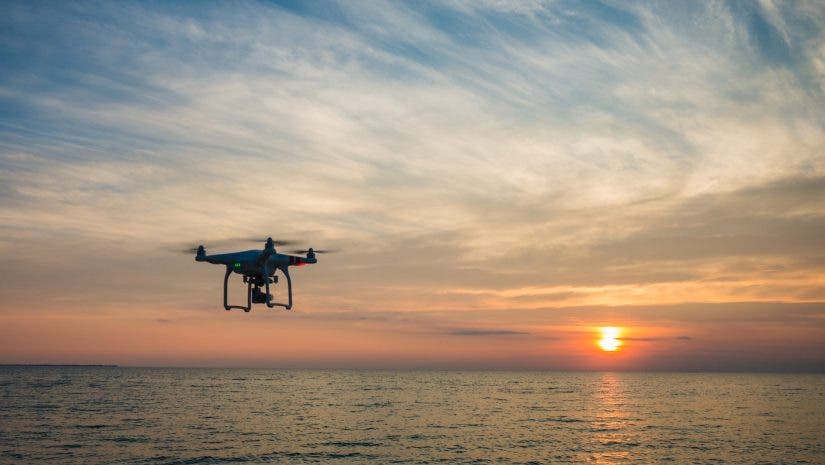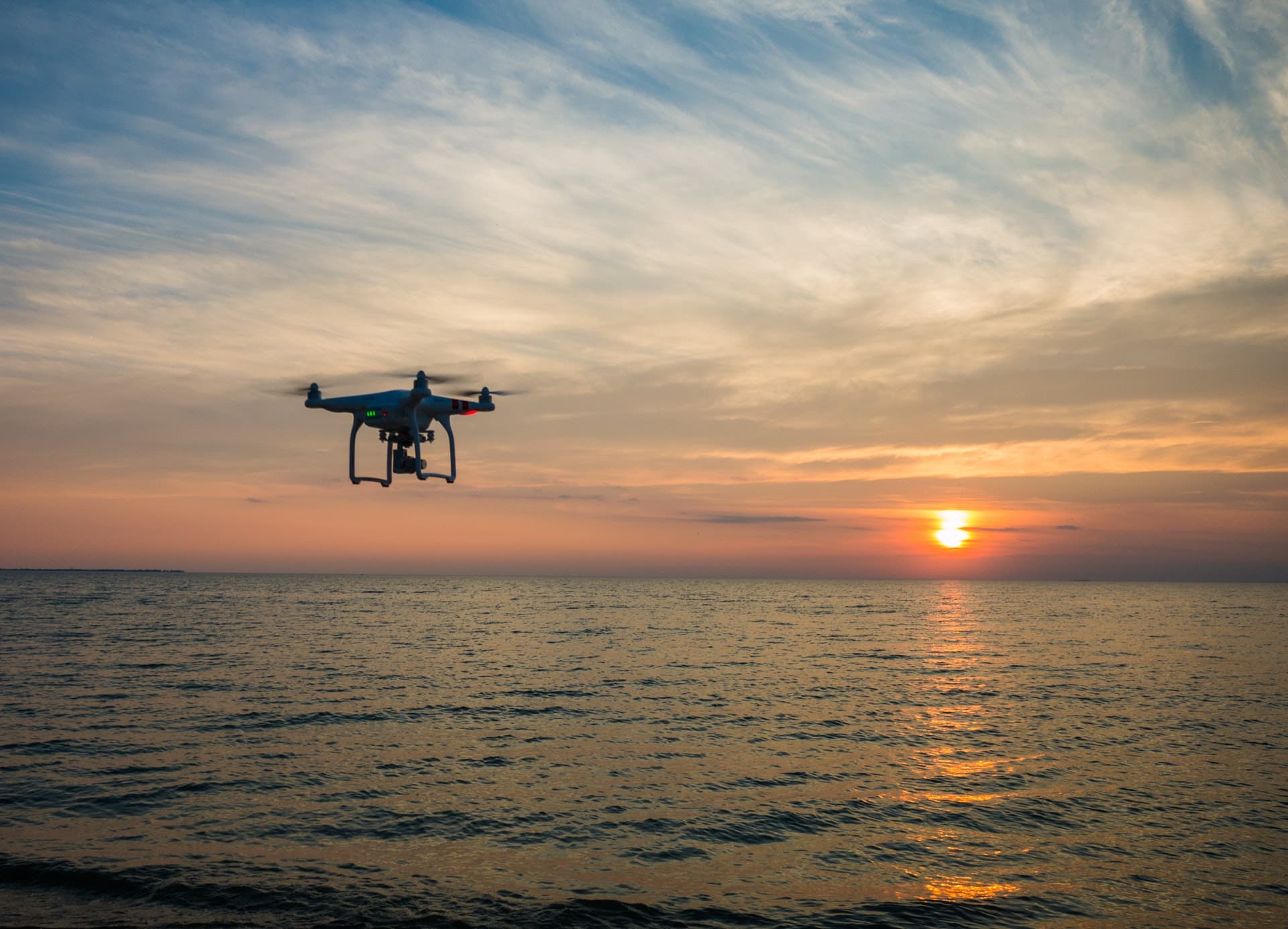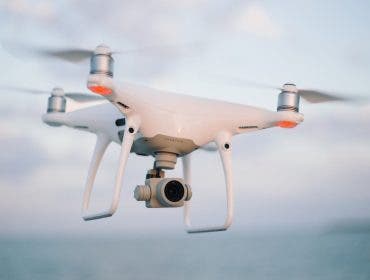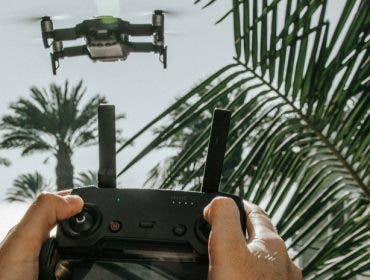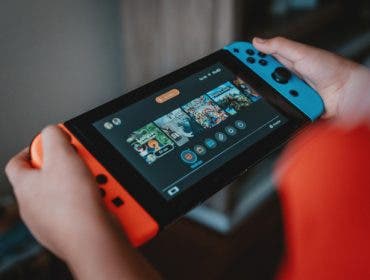Maybe you’ve noticed or maybe you haven’t, but drones and quadcopters look identical from every side. Although this might sound pretty pleasing, especially if you’re a big fan of symmetry, this could actually cause a lot of problems when these aerial devices are up and flying.
In an attempt to help users know which side is which, drone manufacturers added different-colored LED lights on each side. This same tactic can be seen in the wings of a plane, where each one has specific-colored lights depending on which wing you’re looking at.
But a cleaner way of dialing in your drone’s orientation is by learning to use headless mode. In headless mode, the drone “has no head” and somehow, it makes it easier to control, since there’s no need to remember which side is the left, right, front, or back.
What is headless mode on a drone?
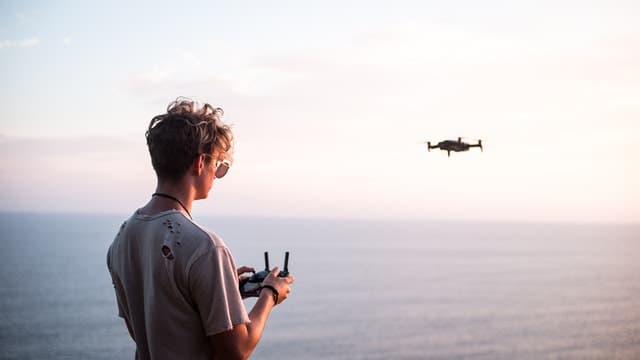
Headless mode is a built-in setting in many of the best drones that makes it easy to know the orientation of your drone. Essentially, drones in headless mode always remember which side they are facing during takeoff. This helps them maintain the point of view of the pilot for any directional adjustments.
After you understand what headless mode is, it’s time to flip through your drone’s manual to see how to turn it on for your specific drone. For others, it could be done with just a press of a button on the drone’s remote control. Other times, your drone might require you to do a very specific stick movement or do a special combination of button clicks to turn it on.
Why does a drone’s orientation matter?
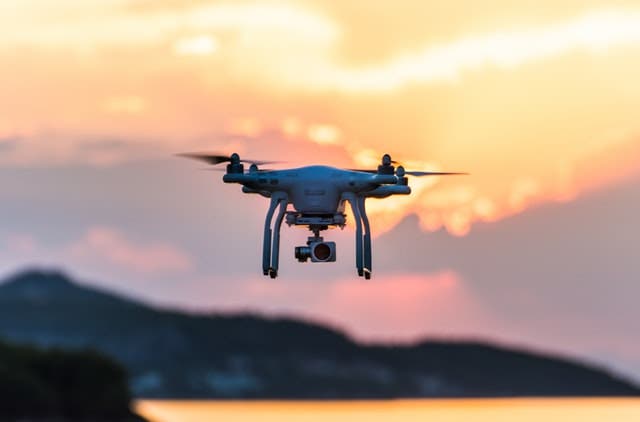
For new drone pilots, the inability to easily determine a drone’s orientation could just mean that controlling the drone isn’t always intuitive. For beginner pilots, learning to fly the aerial device means overcoming a steep learning curve.
Controls can be confusing at first
Remember the first few times that you wanted to drive your car in reverse? You had to get used to turning the steering wheel opposite the direction that you wanted to go. For many, this could get quite confusing, and unfortunately, getting used to drone controls offers a similar level of confusion. It’s made even trickier because you can’t always see your drone during flight.
LEDs are helpful, but not always
LED lights may help you identify which side of the drone is in the front during takeoff, but when the drone flies far enough away, you won’t be able to see the LEDs. You may want to use the remote controls to turn the drone, say, to the left to avoid some power lines. However, if the drone is in normal mode and it’s not facing the same way it was during take-off, you need to navigate the drone to the right.
Drone orientation is complicated, and it’s one of the many struggles new drone pilots face.
What is FPV Mode?
FPV mode is when one uses the drone with a built-in camera and moves based on what they see on the live video feed. Typically, the live video is transmitted to an accompanying display device such as goggles or a monitor.
Flying in FPV mode makes it easier for the user to assess the orientation of their drone. Usually, the direction the camera is facing becomes the front. Additionally, FPV mode is seen or used in drone racing outside of professional aerial photography or videography.
FPV mode vs headless mode
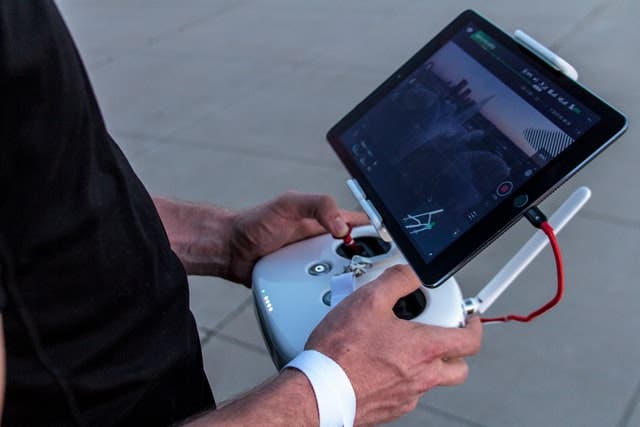
If your drone has a camera and FPV mode is an option, it’s usually the best method for piloting. It’s very self-explanatory and you’ll maintain a constant grasp of your drone’s location and orientation.
If you can’t view the FPV feed from your drone, then headless mode is a great alternative flying mode. You can fly confidently, knowing that you can avoid obstacles and that the drone will always maintain the orientation you’d expect.
When you’re learning to fly drones, give both flight methods a try. You’ll probably be able to tell right away which method feels more comfortable. As with everything, practice makes perfect.
You Have More Intuitive Control
It’s clear: headless mode was made to help beginners or certain drone pilots navigate flights more easily. Others can stay using the mode for most of their drone flying career, but others can also use it as a tool to know the other controls of a drone better in the long run. No matter where you fall between the two, don’t feel bad when you use headless mode – it’s there for a reason, and you’re free to use it on your drone however you want!
FAQs
Yes, especially for beginners. In headless mode, the drone goes in the direction that the user pushes the control stick relative to the drone’s position rather than orientation.
For beginner drone pilots, yes, it makes a lot of things easier. However, more experienced pilots might get used to the complicated controls over time and prefer flying without it.
The typical way to go about calibrating a drone goes like this:
Place your drone on a flat surface or platform.
Turn on the drone and its remote controller.
Access the drone’s settings, typically done through its required app.
Find the calibration option under Settings or Flight Controls.
